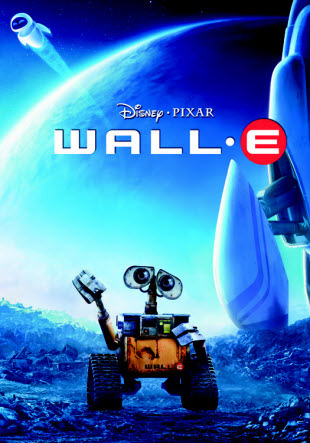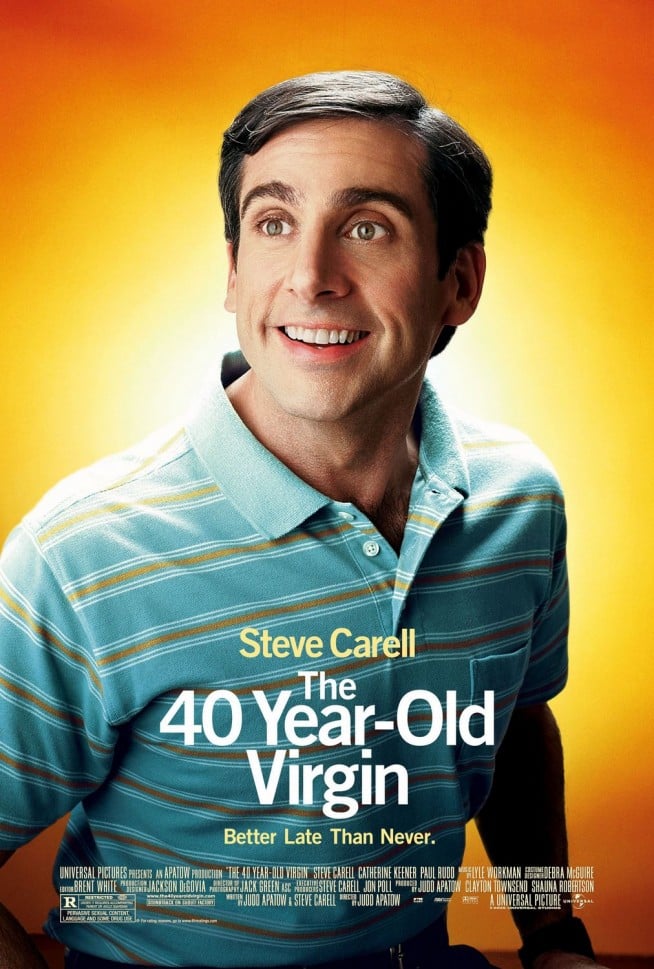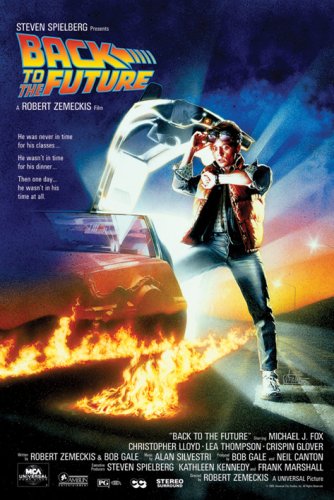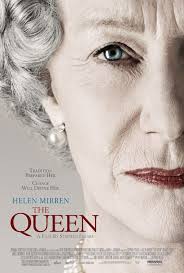
‘WALL-E’ shows what on Earth
might happen to the human race
“WALL-E” should give filmmakers great ideas. The demise of Earth has been chronicled numerous times. One of the best is the original “Planet of the Apes,” but there is always “Star Trek,” and those with a fond remembrance of 1970s television will recall “Battlestar Galactica” as well. This is fertile ground for imagination, and it’s been a long time since Hollywood produced a space thriller that everyone talks about.
In these themes we have human beings on spacecraft, either seeking to reconnect with the planet someday or able to look into the future and wonder what went wrong.
“WALL-E” too tries to serve as a warning for humankind’s excesses. But it is Pixar animation, not (for the most part) depicting actual humans, so the people drama is not particularly as strong as it might be. The appeal is in the incredibly seamless animation that produces an imaginary world that does not look all that imaginary.
The premise of the film is that humans are consuming themselves to death. The world has been reduced to a corporate entity, called BNL (for Buy and Large), that has presided over the ruination of Earth’s resources, to the point where remaining humans had to flee on a spaceship, which is more or less a floating spa.
Back on Earth is WALL-E, a robot whose job it is to collect and stack all of the remaining trash in a desolate landscape. There is something about what he’s doing that almost resembles the Great Pyramids, but while those may also be monuments to excess, there is clearly a difference.
WALL-E has been toiling for probably hundreds of years, and has little to be excited about, save for the discovery of various 1980s relics such as a Rubik’s cube and a VHS tape of “Hello, Dolly!” Oh, and there is his new pal, a cockroach, a sign that there is some kind of life here, but only the most basic level.
“WALL-E” may be animated, but that doesn’t change the need for traditional dramatic elements. WALL-E needs a love interest, and a mission. He finds both, when the pure-looking Eve visits Earth on a routine search for life. Tracking her through the galaxy, WALL-E finally discovers a world outside his own, and how he might be able to help.
The film relies on a natural logical leap that also occurred, and was challenged, in Steven Spielberg’s “A.I.” This is the idea that robots have emotions just like humans and thus their romances are just as believable. Somehow, it works, and WALL-E’s pursuit of Eve or “Eva” is just as compelling as Cary Grant’s pursuit of Eva Marie Saint in “North by Northwest.”
A film director could decide that robots have humans beat when it comes to acting. The great success of “WALL-E” is to depict a compelling romance with virtually no dialogue. Animated format allows for this; it does not work with actual humans because it would seem too strange not to talk. Bogie couldn’t just look at Bergman and still convey the idea of “Here’s lookin’ at you, kid.”
But when the characters are robots, they are not expected to speak and can show affection in other ways, often by bouncing up and down, maybe by holding hands if possible, or shadowing each other. This is effectively shown in “WALL-E,” where significant stretches of time pass with little to no dialogue.
“WALL-E,” though, does not seal the deal with its plot development and falls short of great filmmaking. It is too reliant on whiz-bang effects of robots smashing things, at the expense of story. We are led to believe that the humans have lost touch with reality, they have become gluttons who are no longer capable of standing up, sort of a reverse evolution. It will take a robot romance to help them find their way back into reality. At times we are not completely sure who is in control — a common theme in other space films, such as “2001” — but the robots are never vicious threats. They merely follow the orders they have been given, by the humans.
The drama suffers from the seemingly indestructible status of WALL-E and Eve. One compelling feature of E.T., whom WALL-E resembles, was that he was vulnerable. WALL-E rolls with all of the punches; his greatest fear seems to be getting an extra cleaning.
How the world was suddenly made safe for human arrival is for contemplation. WALL-E has discovered a life form and doesn’t understand its significance, but how that would make this particular planet habitable is a stretch. A lot of human beings, unfortunately, would prefer the life aboard the BNL spacecraft to what they’ve got now.
“WALL-E” has generated some best-picture buzz, partly because animated gems in recent years have established credibility as real movies, and partly because of a perceived dearth of the typical Oscar-friendly drama this year. A best-picture nomination would be a reach. The sky is the limit for Pixar, but “WALL-E” needed a little more time in orbit before making a splash.
3 stars
(November 2008)
“WALL-E” (2008)
Starring Ben Burtt as WALL-E / M-O (Voice) ♦ Elissa Knight as Eve (Voice) ♦ Jeff Garlin as Captain (Voice) ♦ Fred Willard as Shelby Forthright, BNL CEO ♦ MacInTalk as AUTO (Voice) ♦ John Ratzenberger as John (Voice) ♦ Kathy Najimy as Mary (Voice) ♦ Sigourney Weaver as Ship’s Computer (Voice) ♦ Kim Kopf as Hoverchair Mother (Voice) ♦ Garrett Palmer as Blond Boy in BNL Commercial (Voice) ♦ Kai Steel Smith as Brown-haired Boy in BNL Commercial (Voice)
Directed by: Andrew Stanton
Written by: Andrew Stanton
Written by: Jim Reardon
Written by: Pete Docter (original story)
Producer: Jim Morris
Co-producer: Lindsey Collins
Associate producer: Thomas Porter
Line producer: Gillian Libbert
Executive producer: John Lasseter
Original music: Thomas Newman
Editing: Stephen Schaffer
Casting: Natalie Lyon Kevin Reher
Production design: Ralph Eggleston
Makeup: Gretchen Davis
Special thanks: Steve Jobs





